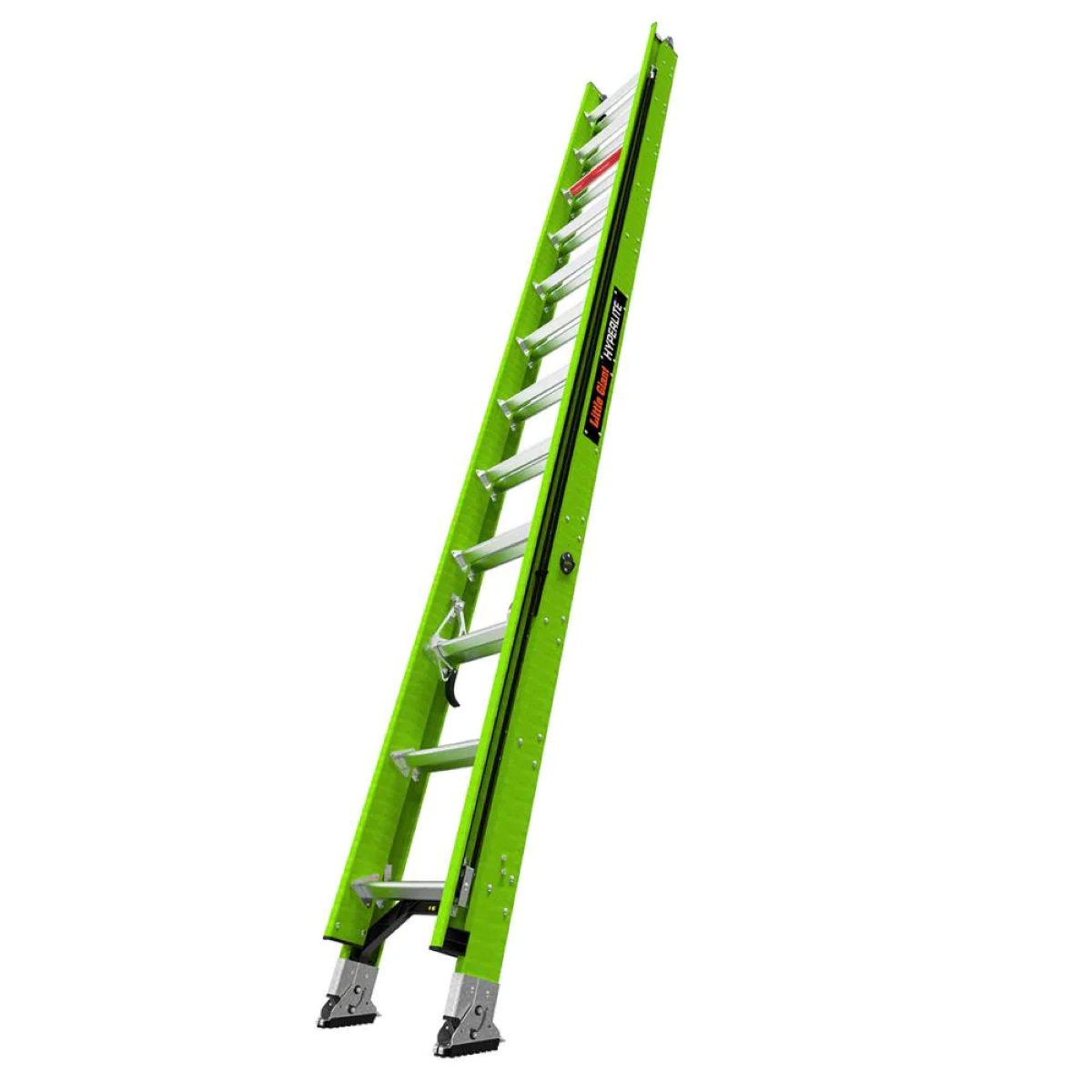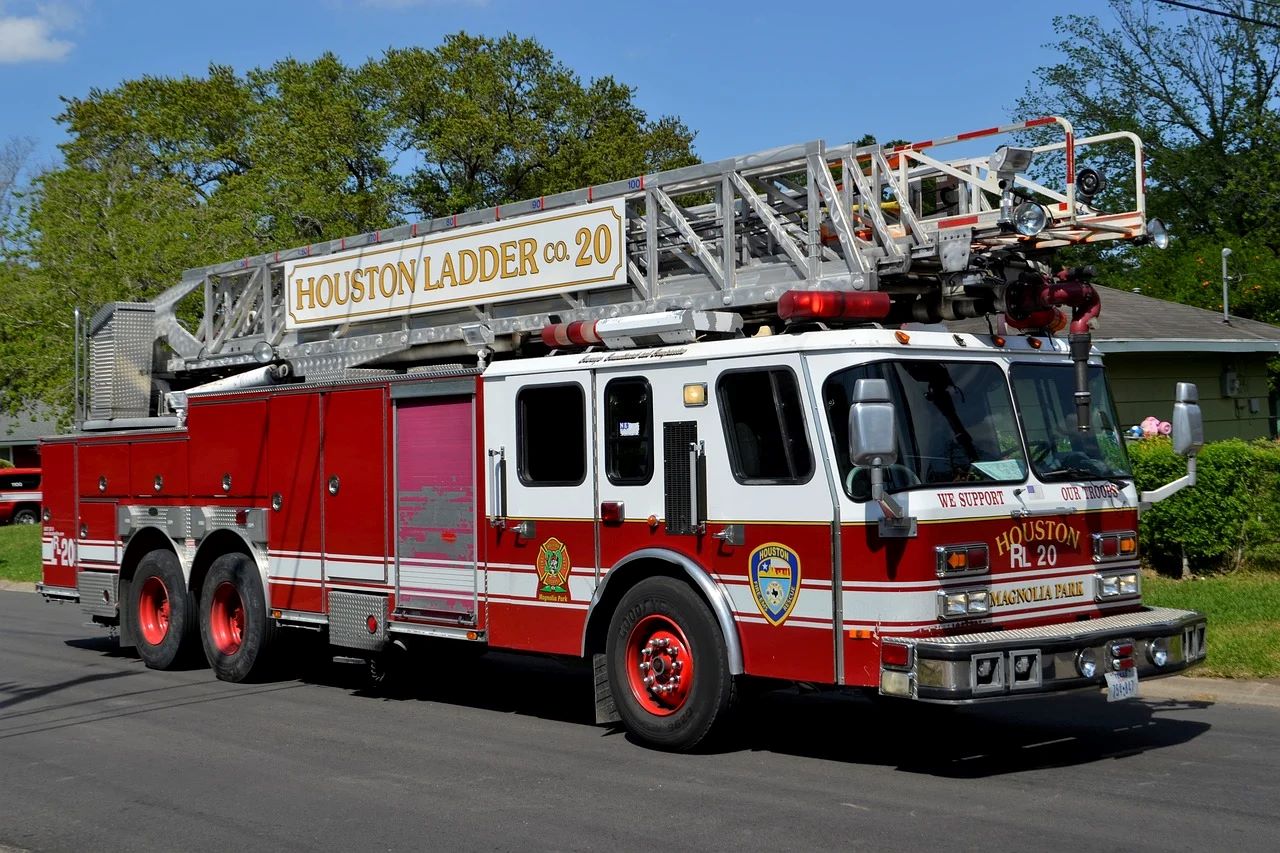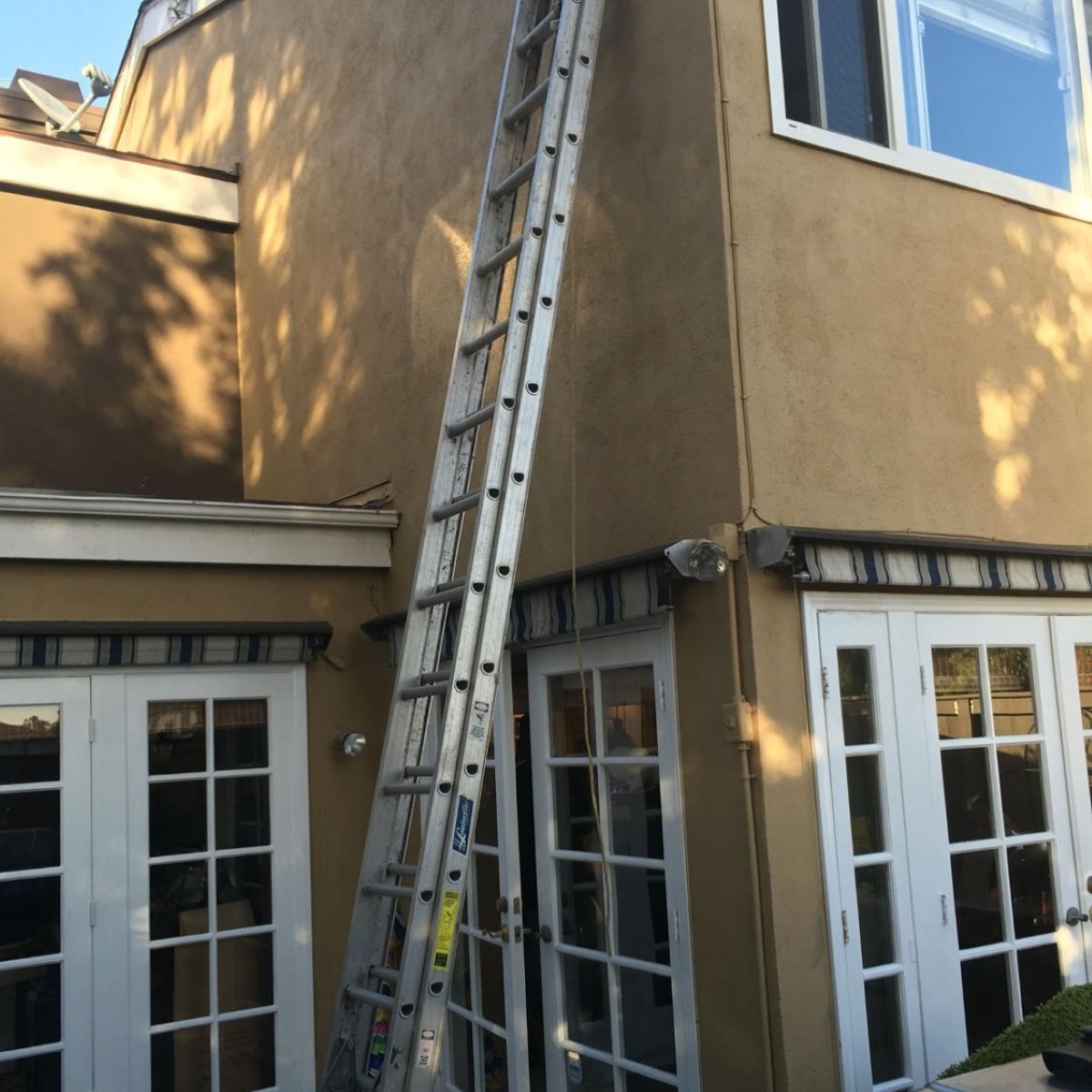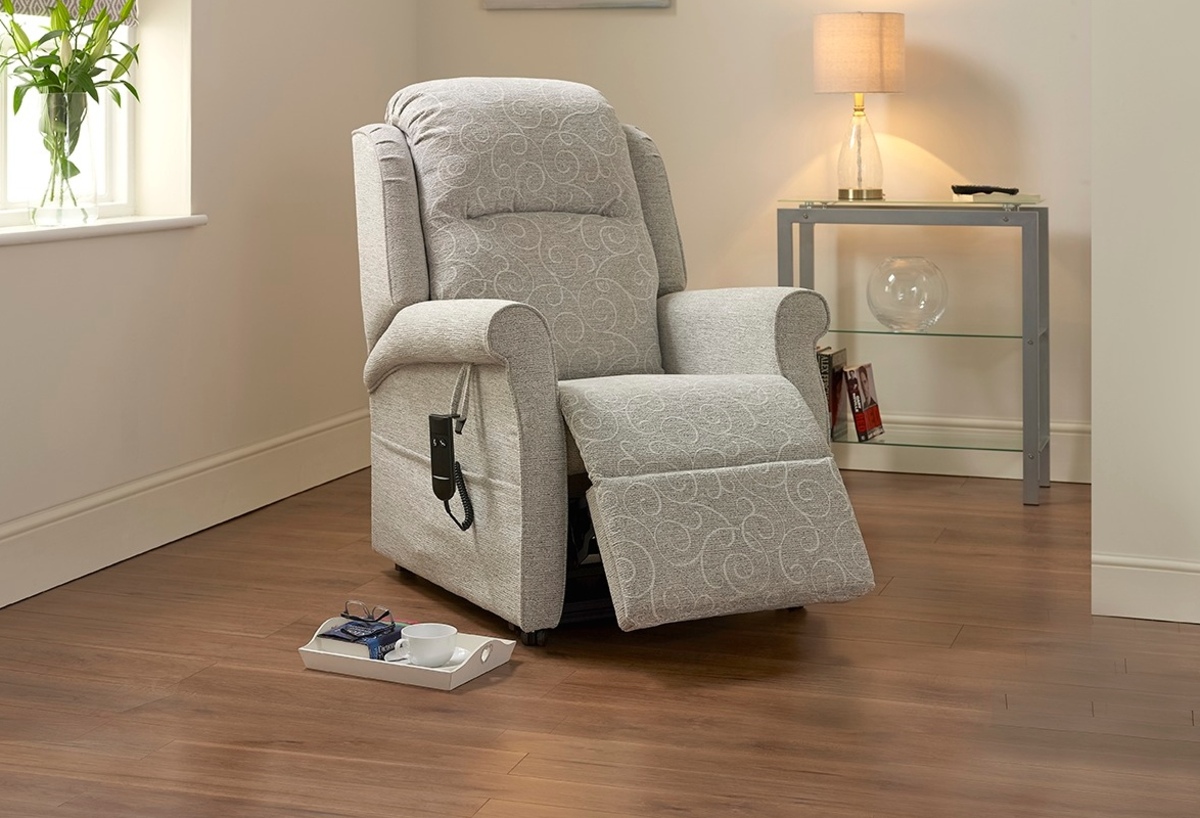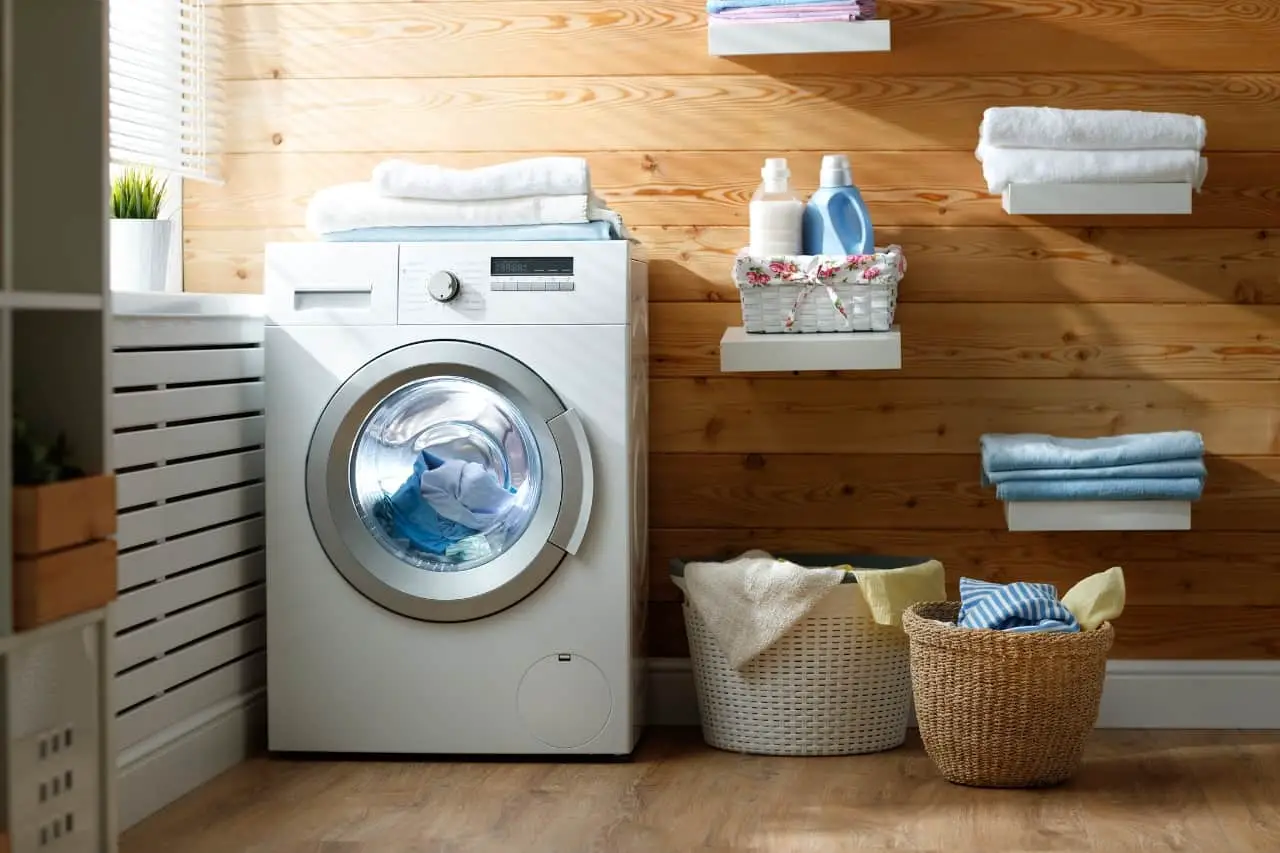Home>Home Maintenance>How Much Does An Air Conditioner Weigh
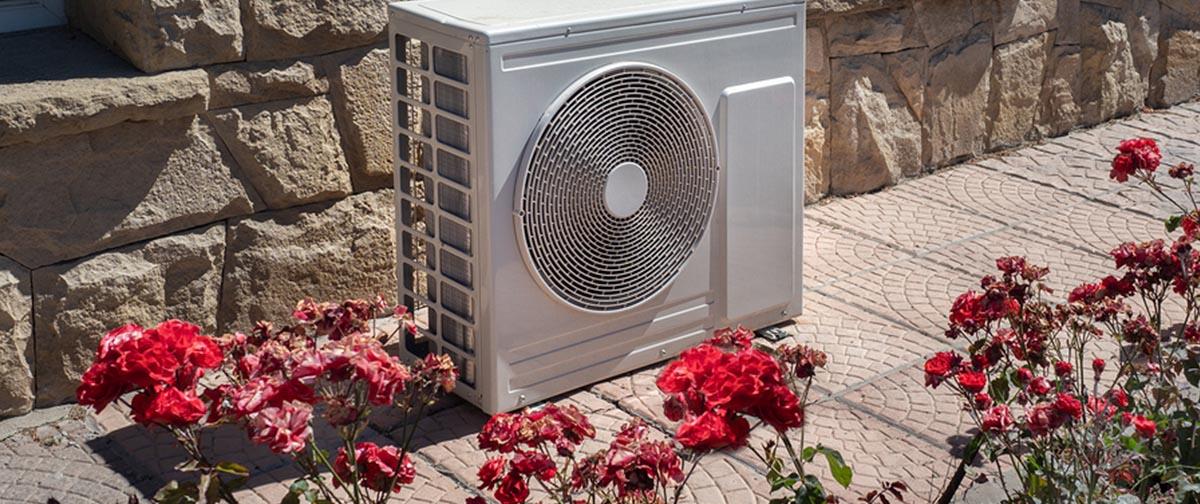

Home Maintenance
How Much Does An Air Conditioner Weigh
Modified: October 20, 2024
Looking to learn more about home maintenance? Find out the average weight of an air conditioner and get expert tips for handling it safely.
(Many of the links in this article redirect to a specific reviewed product. Your purchase of these products through affiliate links helps to generate commission for Storables.com, at no extra cost. Learn more)
Introduction
When it comes to home maintenance, one important aspect to consider is the weight of household appliances. In particular, air conditioners are notorious for being heavy and bulky. Whether you are installing a new air conditioner or planning to remove an old one, it’s crucial to understand the weight involved.
Understanding the weight of an air conditioner is important for several reasons. Firstly, it ensures that you have the necessary manpower and equipment to safely handle and transport the unit. Secondly, it helps you determine if your existing infrastructure, such as walls, floors, or brackets, can support the weight of the air conditioner.
Factors such as the type of air conditioner, its size, and the materials used in its construction can all contribute to its overall weight. In this article, we will explore the various factors that influence the weight of an air conditioner, the weight range of different types of air conditioners, the materials used in their construction, and provide tips for safely moving and installing them.
Whether you are a homeowner looking to understand the weight of your air conditioner for maintenance purposes, or a contractor seeking guidance on safely handling these units, this article has got you covered.
Key Takeaways:
- Air conditioners vary in weight based on type, size, and materials. Window units are the lightest, while central systems are the heaviest, requiring careful planning for safe handling and installation.
- Proper lifting techniques and equipment are crucial for safely moving air conditioners. Following manufacturer’s instructions, checking for proper sizing, and ensuring electrical safety are essential for successful installation and removal.
Read more: How Much Does A Ladder Weigh
Factors Affecting the Weight of an Air Conditioner
The weight of an air conditioner can vary significantly depending on several factors. Understanding these factors will not only help you gauge the weight of the unit but also provide insights into its construction and capabilities. Here are some factors that can affect the weight of an air conditioner:
- Type of Air Conditioner: The type of air conditioner plays a significant role in determining its weight. There are several types available in the market, including window units, split systems, portable units, and central air conditioning systems. Each type has its own set of components, which can impact the overall weight of the unit.
- Cooling Capacity: The cooling capacity of an air conditioner, measured in British Thermal Units (BTUs), affects its size and weight. Higher BTU ratings generally indicate larger units with more components, resulting in increased weight.
- Size and Dimensions: The physical size and dimensions of an air conditioner can have a direct impact on its weight. Units with larger dimensions often have more components and tend to be heavier compared to smaller units.
- Materials Used: The materials used in the construction of an air conditioner also contribute to its weight. While most air conditioners feature steel or aluminum frames, the type of materials used for internal components, such as the compressor and evaporator coil, can vary. Units with heavier material components may weigh more.
- Additional Features: Some air conditioners come with additional features such as built-in air purifiers, dehumidifiers, or smart capabilities. These added features can increase the weight of the unit due to the inclusion of extra components.
It’s important to note that these factors are not mutually exclusive, and the weight of an air conditioner is often the result of a combination of these factors. When researching or shopping for an air conditioner, consider these factors to have a better understanding of the weight implications.
Weight Range of Different Types of Air Conditioners
The weight of an air conditioner can vary significantly depending on its type. Here, we provide a general weight range for different types of air conditioners to give you an idea of what to expect:
- Window Air Conditioners: Window air conditioners are typically the lightest type of air conditioner available. They typically range in weight from 30 to 100 pounds (13.6 to 45.4 kilograms), depending on the cooling capacity and size of the unit.
- Split Air Conditioning Systems: Split systems consist of an indoor unit and an outdoor unit. The indoor unit, also known as the evaporator, is typically lighter and weighs between 20 to 60 pounds (9 to 27 kilograms). The outdoor unit, which houses the compressor and condenser, is generally heavier and can range from 70 to 350 pounds (31.8 to 158.8 kilograms).
- Portable Air Conditioners: Portable air conditioners are designed to be movable and typically weigh between 50 to 100 pounds (22.6 to 45.4 kilograms), depending on their cooling capacity and additional features.
- Central Air Conditioning Systems: Central air conditioning systems are the heaviest type of air conditioner due to their larger size and extensive ductwork. The weight of a central air conditioner can range from 200 to 700 pounds (90.7 to 317.5 kilograms) or more, depending on the cooling capacity and the number of components.
It’s important to keep in mind that these weight ranges are general estimates and can vary based on the specific brand, model, and features of the air conditioner. Always refer to the manufacturer’s specifications for the accurate weight of the unit you are considering.
Understanding the weight range for different types of air conditioners is crucial for planning installation or removal. If you are unsure about the weight or need assistance, it’s recommended to consult a professional for safe and efficient handling.
Common Materials Used in Air Conditioners and Their Impact on Weight
When it comes to the construction of air conditioners, various materials are used, each with its own characteristics and impact on the overall weight of the unit. Here are some common materials used in air conditioners and how they affect the weight:
- Steel: Steel is a commonly used material for the outer casing and frame of air conditioners. While steel provides durability and strength, it is relatively heavy. The use of steel in an air conditioner increases the weight of the unit.
- Aluminum: Aluminum is another popular material in air conditioner construction. It is lightweight compared to steel while still offering good strength and durability. The use of aluminum can help reduce the weight of the unit without compromising on performance.
- Copper: Copper is commonly used in air conditioner coils due to its excellent heat transfer properties. While copper itself is not heavy, the larger size of the coils can increase the overall weight of the unit. However, the use of copper also improves the efficiency and performance of the air conditioner.
- Plastic: Certain components of air conditioners, such as fan blades and control panels, are often made of plastic. Plastic is lightweight, which helps reduce the overall weight of the unit. However, it is important to ensure that the plastic components are durable and of high quality to maintain the longevity of the air conditioner.
- Insulation Materials: Insulation materials, such as foam or fiberglass, are used to prevent heat transfer and reduce condensation within the air conditioner. While insulation materials do not significantly impact the overall weight of the unit, they play a vital role in the energy efficiency and performance of the air conditioner.
The choice of materials used in an air conditioner depends on various factors, including cost, performance, and environmental considerations. Manufacturers strive to strike a balance between weight, durability, and efficiency to provide optimal performance and energy savings.
It’s important to note that the weight of an air conditioner is not solely determined by the materials used. Other factors, such as the size, cooling capacity, and additional features, also contribute to its overall weight. When considering an air conditioner, it’s essential to evaluate the overall quality and performance, rather than focusing solely on weight.
When moving or installing an air conditioner, always check the manufacturer’s specifications for the exact weight. Typically, a window unit can weigh between 40-100 pounds, while a central air conditioning unit can weigh between 200-700 pounds. Always use proper lifting techniques and get help if needed.
How to Safely Lift and Move an Air Conditioner
When it comes to lifting and moving an air conditioner, safety should be the top priority. These units can be heavy and cumbersome, so it’s important to follow proper techniques to avoid injury and damage. Here are some steps to safely lift and move an air conditioner:
- Gather the Necessary Tools: Before attempting to lift an air conditioner, gather the necessary tools and equipment. This may include lifting straps, a dolly, gloves, and protective eyewear. Having these items on hand will make the process easier and safer.
- Enlist Help: Air conditioners are typically too heavy to be safely lifted by a single person. Enlist the help of at least one or two additional individuals to assist with the lifting and moving process. Make sure everyone is aware of proper lifting techniques and communicates effectively.
- Secure the Unit: Before lifting the air conditioner, ensure that it is securely fastened or locked. This will prevent any loose components or parts from shifting during the lifting process, reducing the risk of injury or damage.
- Use Proper Lifting Techniques: When lifting the air conditioner, use proper lifting techniques to avoid strain or injury. Squat down, grasp the unit firmly with both hands, and lift with your legs, not your back. Avoid twisting or jerking motions while lifting.
- Use Lifting Straps or a Dolly: In some cases, using lifting straps or a dolly can greatly assist with moving the air conditioner. Lifting straps distribute the weight evenly and provide leverage, while a dolly can help transport the unit smoothly over long distances or uneven surfaces.
- Plan the Route: Before transporting the air conditioner, plan the route to the installation or removal location. Clear any obstacles or hazards along the way, such as furniture or steps, to ensure a smooth and safe movement.
- Communicate and Work as a Team: Communication is essential when lifting and moving an air conditioner. Make sure everyone involved is aware of their roles and responsibilities, and coordinate your movements to avoid accidents or collisions.
- Take Breaks When Needed: If the air conditioner is especially heavy or the route is challenging, don’t hesitate to take breaks as needed. Pushing through exhaustion can lead to mistakes or accidents. Listen to your body and rest when necessary.
- Consider Professional Help: If you are unsure about your ability to safely lift and move an air conditioner, or if the unit is particularly large or complex, it’s advisable to seek professional assistance. HVAC technicians or experienced movers have the expertise and equipment to handle these tasks safely.
Remember, your safety and the protection of the air conditioner should always be your priority when lifting and moving these units. By following these guidelines and taking the necessary precautions, you can ensure a smooth and incident-free process.
Read more: How Much Does A 28 Ft Ladder Weigh
Tips for Installation and Removal of Air Conditioners
Installing or removing an air conditioner requires careful planning and execution to ensure proper functionality and avoid any damage. Whether you are installing a new unit or removing an old one, here are some tips to help you through the process:
- Read and Follow the Instructions: Before attempting any installation or removal, carefully read and follow the manufacturer’s instructions specific to your air conditioner model. This will ensure that you have a clear understanding of the steps involved and any specific requirements.
- Check for Proper Sizing: Ensure that the air conditioner is properly sized for the space it will be cooling. An oversized or undersized unit can lead to inefficiency or inadequate cooling. Refer to industry standards or consult with a professional to determine the appropriate size for your specific needs.
- Inspect the Installation Area: Before installing a new air conditioner, inspect the installation area to ensure it meets the necessary requirements. Check for adequate electrical wiring, clearances, and proper support for the weight of the unit. For removal, inspect the area for any potential obstacles or hazards that could impede the process.
- Ensure Proper Electrical Connections: When installing or removing an air conditioner, always ensure that the electrical power supply is disconnected or turned off. This will prevent any electrical accidents or damage.
- Properly Seal Openings: During installation, make sure to properly seal any openings around the air conditioner to prevent air leakage. This will improve energy efficiency and ensure optimal performance. Use appropriate sealants or insulation materials recommended by the manufacturer.
- Level the Unit: For proper operation, it is crucial to ensure that the air conditioner is level. Use a leveling tool to check and adjust the unit if necessary. A leveled unit will prevent water accumulation and potential damage to the system.
- Secure Air Conditioner Brackets: If your air conditioner requires brackets for support, make sure they are securely installed. Use appropriate fasteners and ensure that the brackets are capable of supporting the weight of the unit.
- Check for Proper Airflow: Once installed, check for proper airflow around the air conditioner, both indoors and outdoors. Clear any obstructions, such as furniture or vegetation, to ensure optimal air circulation and efficient operation.
- Dispose of the Old Unit Properly: If you are removing an old air conditioner, dispose of it properly according to local regulations. Consider recycling options or consult with local waste management authorities for guidance on safe disposal.
- Consider Professional Help: If you are unsure about the installation or removal process, or if the tasks seem too complex, it’s recommended to seek professional assistance. HVAC technicians have the necessary expertise and tools to ensure a smooth and successful installation or removal.
By following these tips, you can ensure a smooth and successful installation or removal process for your air conditioner. Proper installation and removal will not only enhance the unit’s performance but also prolong its lifespan and energy efficiency.
Conclusion
Understanding the weight of an air conditioner is essential for safe and efficient maintenance, installation, or removal. By considering the factors that affect the weight, such as the type of air conditioner, cooling capacity, size, and materials used in construction, you can better prepare for the task at hand.
Window air conditioners tend to be the lightest, while split systems, portable units, and central air conditioning systems can vary significantly in weight depending on their size and components. Materials such as steel, aluminum, copper, and plastic play a role in the weight of the unit, with steel being heavier and aluminum being more lightweight.
Safely lifting and moving an air conditioner requires proper techniques and tools. Enlisting the help of others, using lifting straps or dollies when necessary, and communicating effectively are important steps to prevent injuries and damage. Professional assistance should be considered if unsure or dealing with a complex installation or removal process.
During the installation or removal process, it’s important to follow manufacturer’s instructions, check for proper sizing, ensure appropriate electrical connections, seal openings, level the unit, and check for proper airflow. Disposing of old units should be done responsibly and in accordance with local regulations.
In conclusion, being aware of the weight of an air conditioner and following proper procedures for installation, removal, and maintenance will ensure that your cooling system functions optimally and lasts for years to come. Whether you are a homeowner or a contractor, understanding the weight of air conditioners and implementing safety measures will make the entire process smoother and more successful.
Frequently Asked Questions about How Much Does An Air Conditioner Weigh
Was this page helpful?
At Storables.com, we guarantee accurate and reliable information. Our content, validated by Expert Board Contributors, is crafted following stringent Editorial Policies. We're committed to providing you with well-researched, expert-backed insights for all your informational needs.
